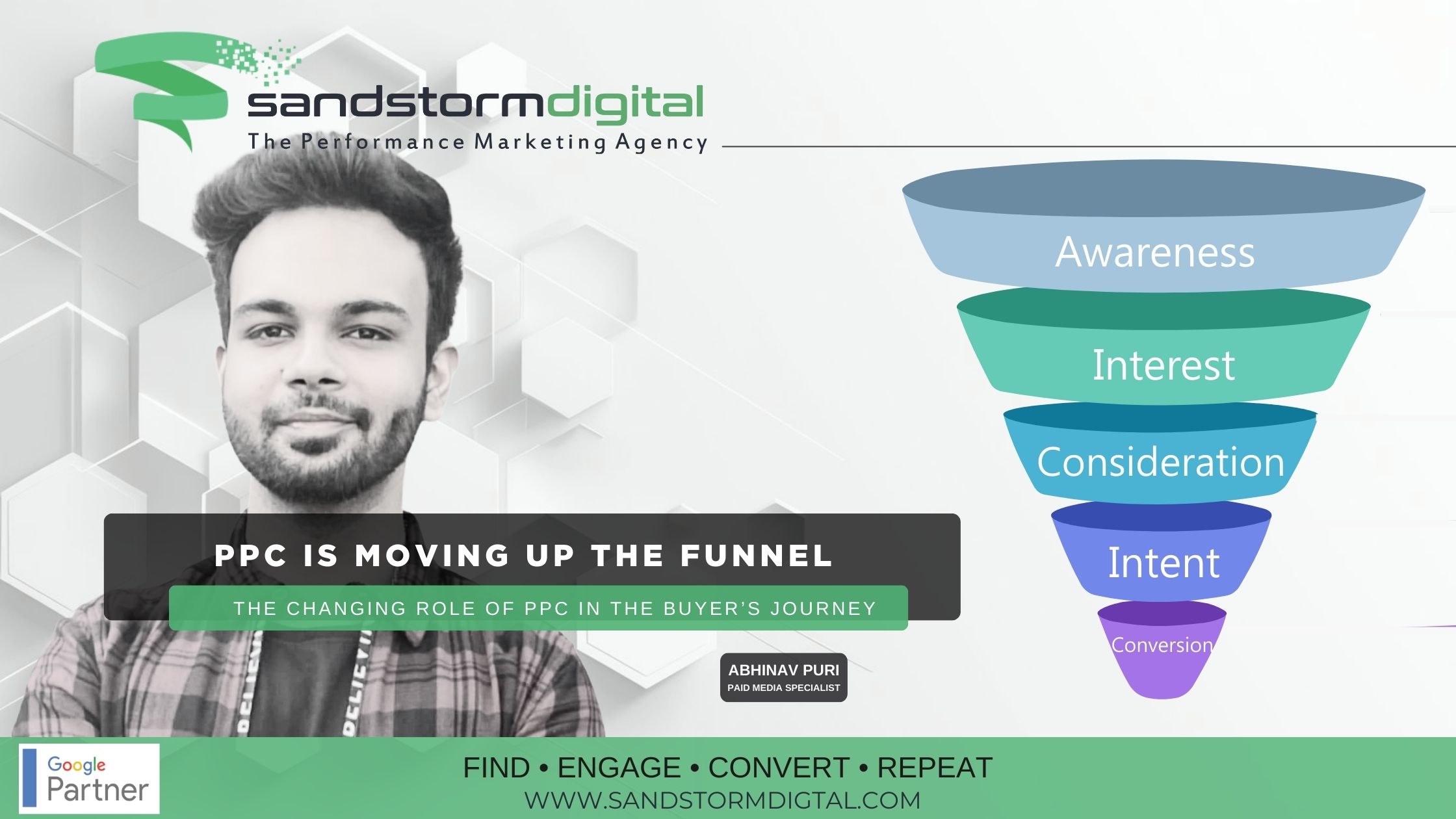Every marketer would like to be able to boast about having the largest mailing list of any business in the industry. After all, having a sizable list of qualified subscribers who look forward to hearing from you is quite an achievement to such an extent that the list can become an extremely valuable asset for any company. Nonetheless, it’s not easy to stand out in the noisy environment that is the modern email inbox, hence the reason why consumers are skeptical about giving away their contact information to businesses in the first place. Despite the obvious drawbacks and the loud claims of doomsayers, studies have consistently shown that email marketing presents the highest ROI of any digital channel. Building a quality mailing list takes time, and there are no shortcuts, but the following will help increase your reach:
#1. Use Social Advertising
Of all the paid marketing methods available on the Internet, one of the most effective is social advertising, particularly when it comes to growing your subscriber base. Facebook, with its built-in audience of 1.65 billion, is the obvious place to start, and its advertising platform allows you to set specific goals and target relevant audiences. By using Facebook’s lookalike audience specifically, you can leverage social media advertising to reach out to more potential email subscribers. You can define your target audience based on their hobbies, demographical attributes and the other pages they like. It only takes a matter of minutes to set up a new advertising campaign, assuming you already have a Facebook account, and you can create custom audiences by going to the Ad Manager.
#2. Offer Irresistible Incentives
Since consumers are increasingly sceptical about giving away their contact information to businesses they don’t already trust, it shouldn’t come as a surprise that the first thing they’ll be asking themselves is ‘what’s in it for me?’. Not only do your newsletters need to provide enough compelling content to keep your subscribers on board; you also need to offer some incentives for them to sign up in the first place. Incentives come in many different forms, such as free additional content for new subscribers or even an exclusive discounts on their first purchase. Another alternative is to gate certain content behind a subscription requirement, although this should be done with care, since you don’t want people feeling that they’re being forced to sign up against their will just to see one piece of content.
#3. Provide Ample Opportunity
As mentioned previously, gating content, particularly downloads, by requiring an email address for registration can help to increase subscribers. Nonetheless, there it’s generally better to explicitly ask for permission and let people choose whether they want to receive your newsletters or not. After all, a quality mailing list consists of subscribers who actually want to hear from you. Above all, you should make sure your sign-up calls to action are clearly visible and the process is as quick and intuitive as possible. Aside from placing an opt-in box in the sidebar of every page of your website, you can also ask for emails at offline events, such as in-store or at trade fairs. You’ll also want to think about mobile opt-in opportunities, allowing people to sign up by SMS or through a mobile app if you have one.
Final Words
Email marketing is the favourite way for consumers to keep in touch with businesses, but it’s also an extremely important part of the marketing mix for business-to-business industries too. Any company can profit from email marketing, and it is indeed the most cost-effective method of all. However, success requires a high-quality mailing list and excellent content, so you should never prioritize subscriber numbers alone.











